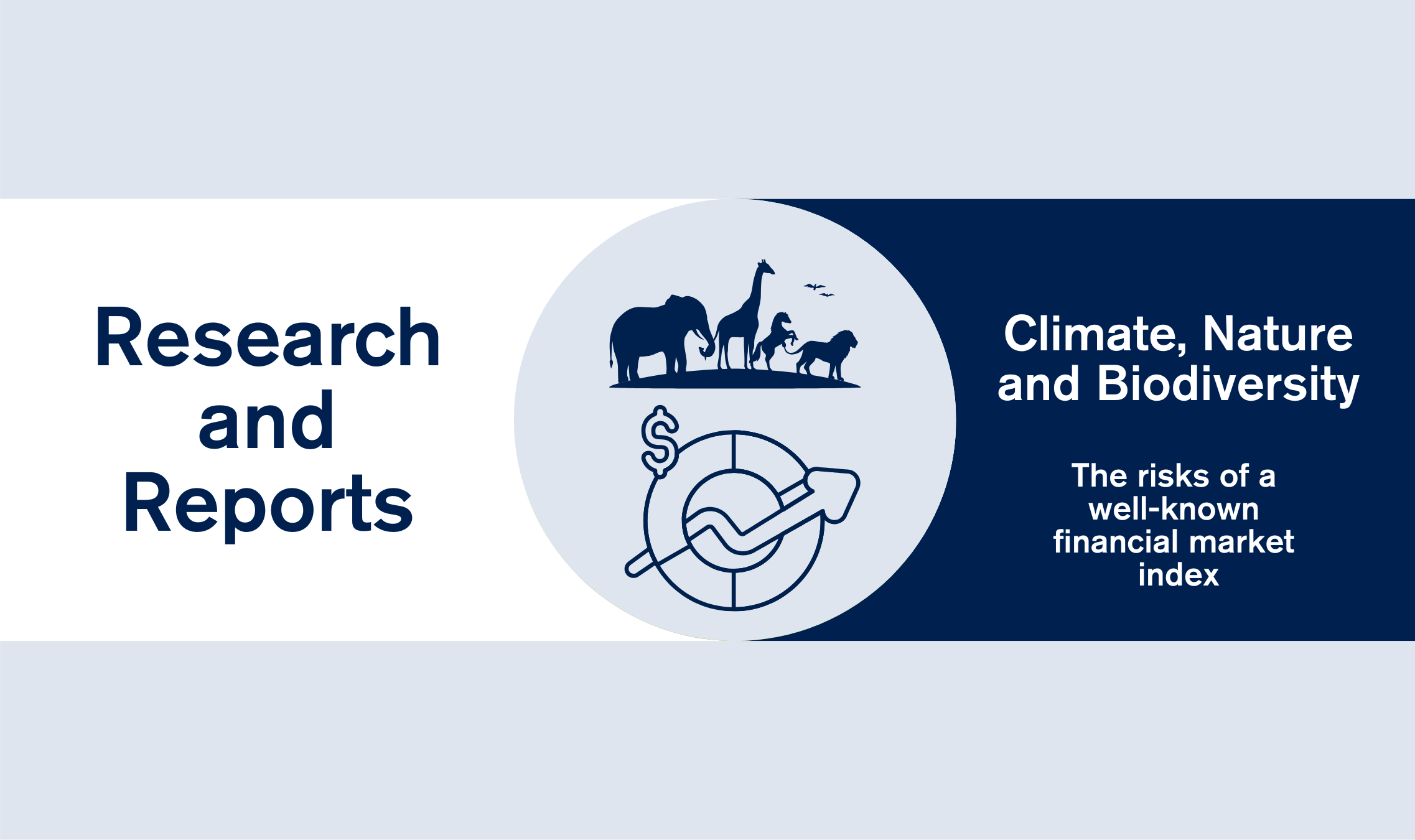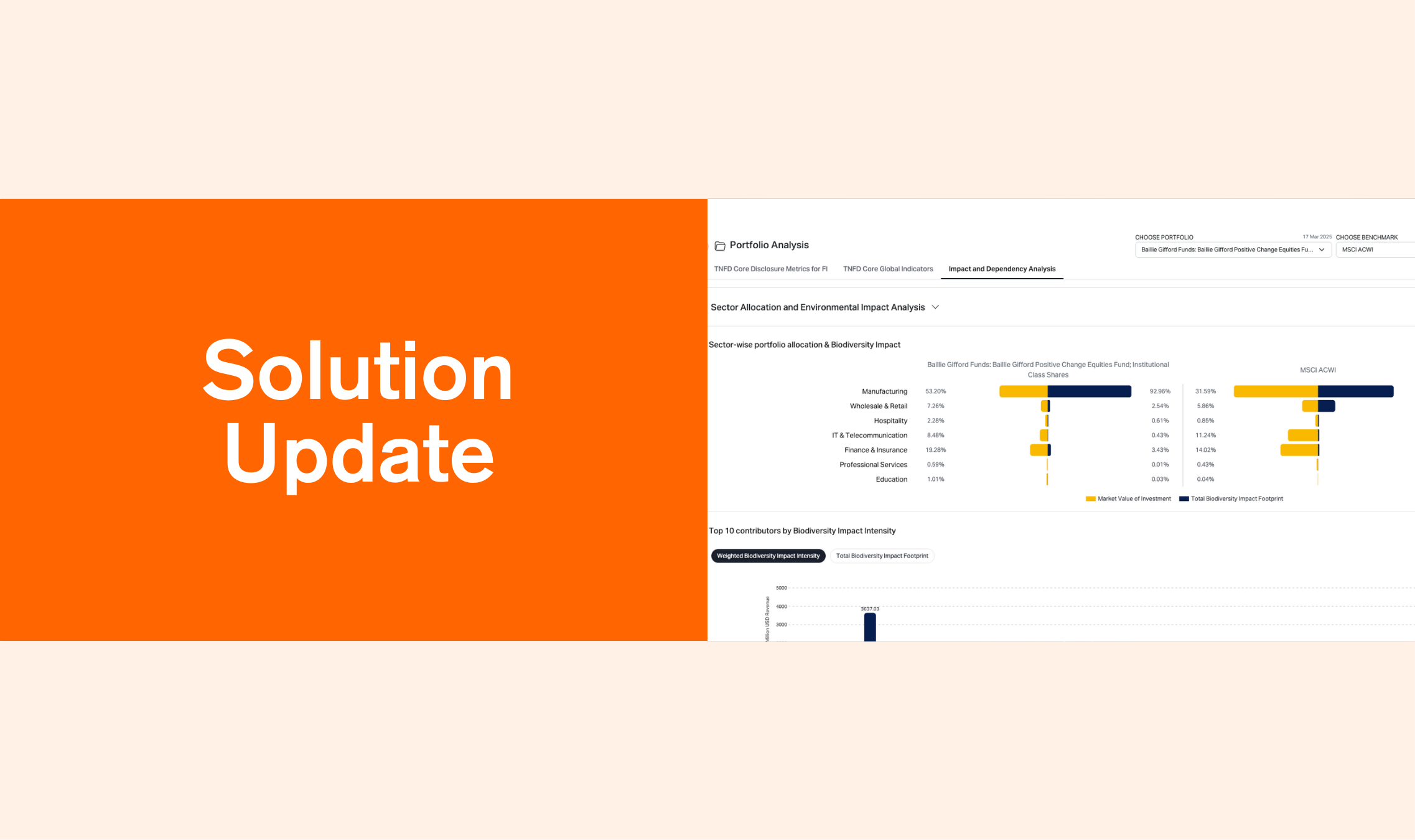Introduction
GIST Impact has analysed one of the world’s most well-known indices, serving as the benchmark for ca. USD 5 trillion in assets under management. The index is a mirror to the world – covering approximately 85% of the global investable equities across 20+ developed markets and 20+ emerging markets countries.
But how good is it for the world?
At GIST Impact, we offer a suite of science-backed climate, nature and biodiversity data to assess real and emerging impacts, dependencies, risks and opportunities – aligned to TNFD, PBAF and other reporting requirements.
So we ran some analysis to see what lies beneath the surface of financial performance.
Sensitive Locations
As a first step, we located the interface between the index and nature.
We analysed over 1.7 million individual business assets across the index constituents.
We found that:
- 87,109 assets were in proximity to Key Biodiversity Areas, defined as sites of global significance for biodiversity conservation.
- 257,123 assets were in proximity to WDPA Protected Areas, defined by IUCN as ‘clearly defined geographical space[s], recognised, dedicated and managed, through legal or other effective means, to achieve the long-term conservation of nature with associated ecosystem services and cultural values’.
- 97.71% of assets belonging to the top index constituent are in proximity to at least one type of species classified as Critically Endangered by IUCN.
Physical Risks
Additionally, by weighting the proportion of company assets by the size of the holding in the index, we found:
- 65.76% of the index is exposed to areas of high and/or very high water stress risk, defined as areas where there is a lack of freshwater resources relative to demand.
- 24.81% of the index is exposed to areas of high and/or very high water variability risk, defined as areas with increased changes in water availability due to seasonal and climate variations.
- 74.85% of the index is exposed to areas of high and/or very high drought risk, given historical drought patterns.
Lessons Learned
So what does this tell us?
Firstly, that financial performance is far from the full picture. Companies are inherently connected to nature: they draw from, and affect, natural ecosystems.
Secondly, that this connection to nature matters for financial performance. It is not just about the reputational damage of damaging nature. Healthy ecosystems are vital to business operations and resilience against physical risks. Degrading the natural world degrades value for shareholders and stakeholders alike.
But this is just the first step in our analysis.
Next time, we will evaluate this index from the perspective of its impacts and dependencies on nature and biodiversity.






